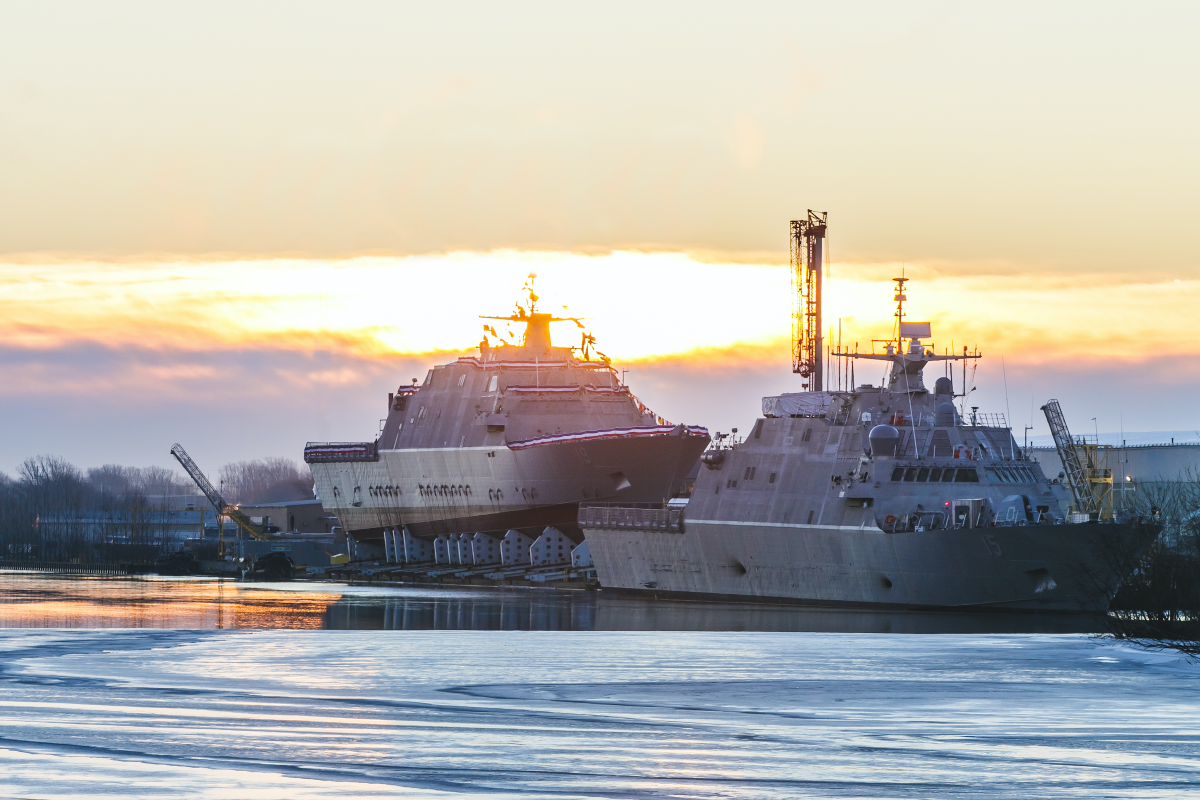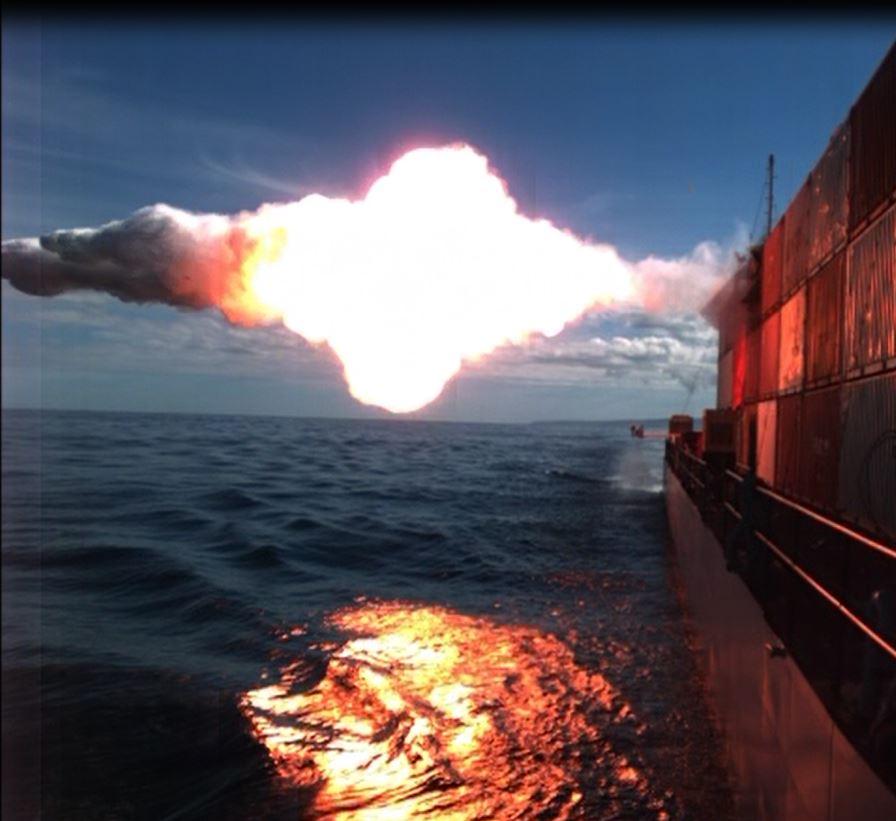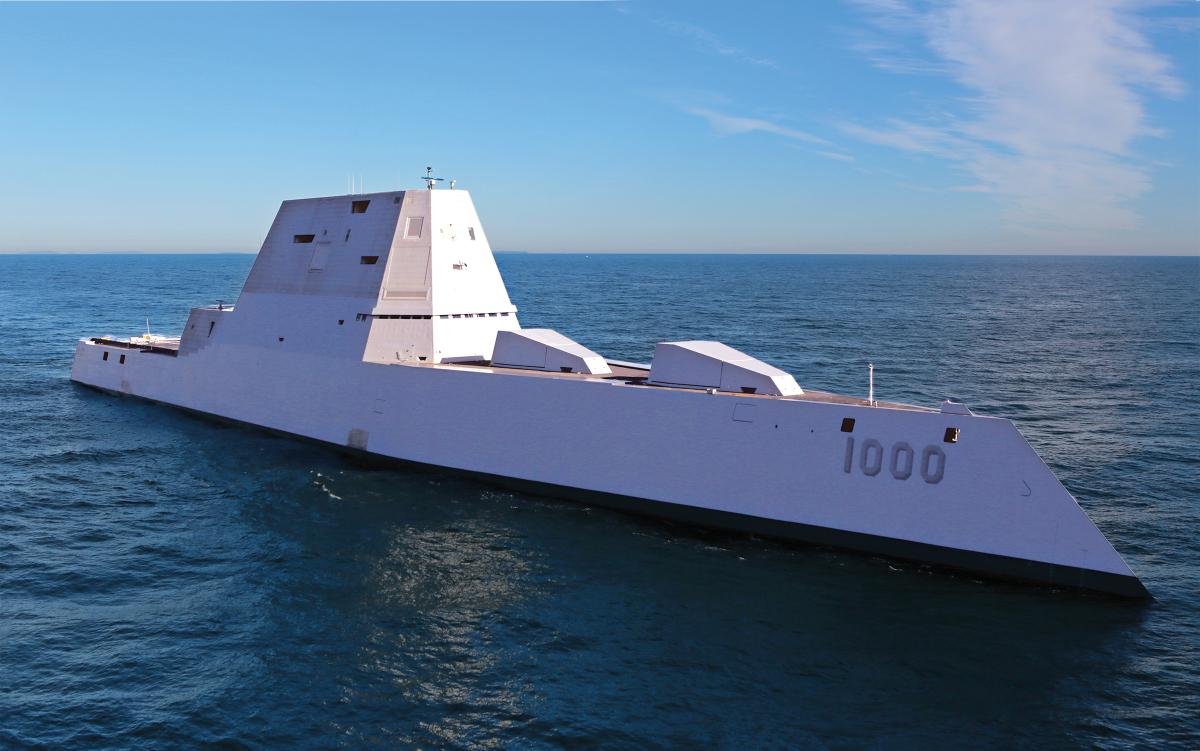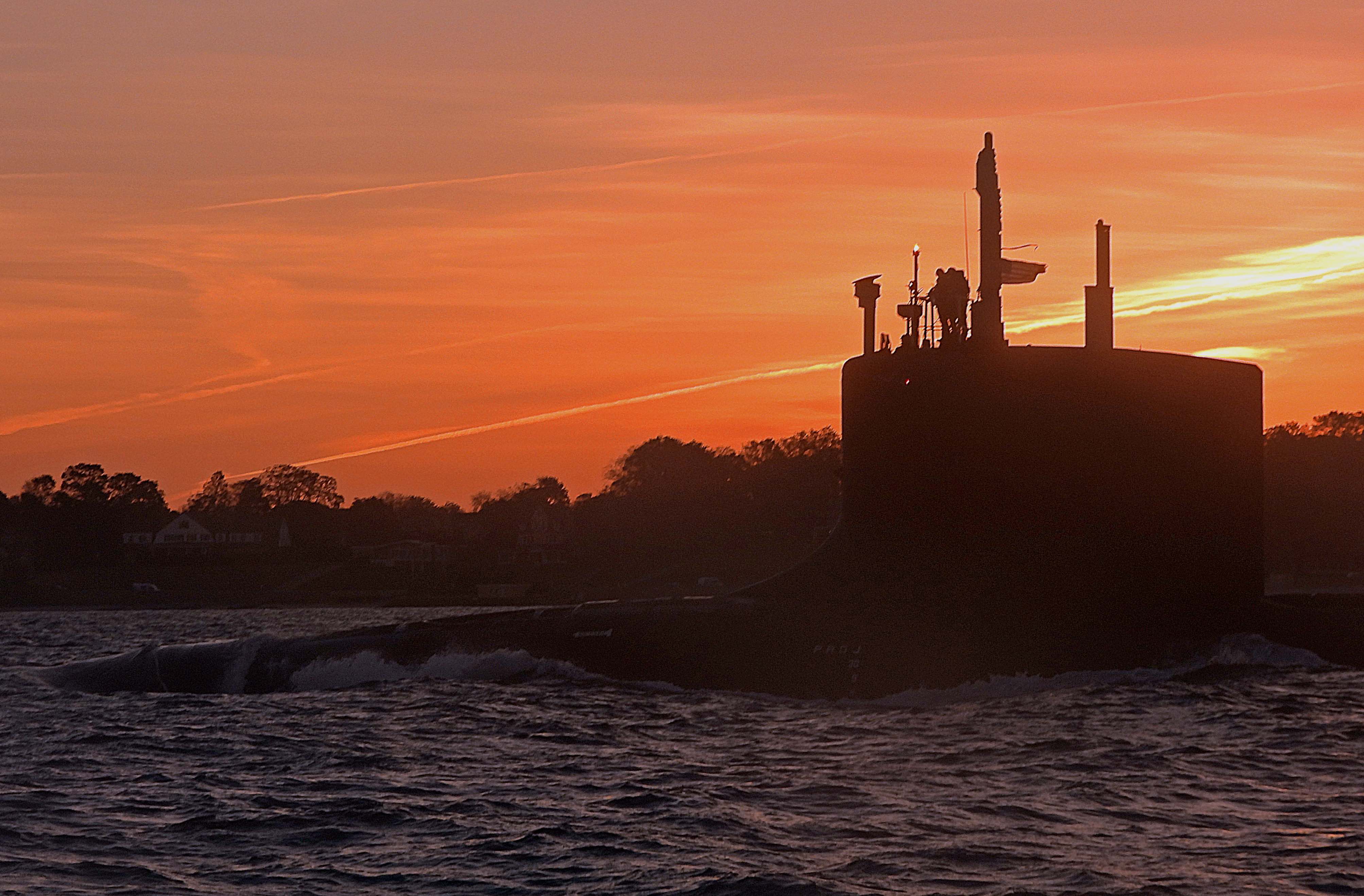The USN has a flawed shipbuilding plan, so argues this author in the latest Proceedings, and he does have a point. The USN needs ships now, not 2 or 3 decades later, but the navy bureaucracy and Congress drags the process out. The navy also needs to decide on what it can build quickly and in large numbers. If you look at
my post earlier in the the US Defence thread, that discusses the US industrial capacity and its ability to surge production of war material, you will see that it doesn't have the capacity to do so. So now the navy is in between a rock and a hard place. And it's
just halted delivery of the Freedom Class LCS because of a design flaw in the ships transmission.
The United States needs a sustainable shipbuilding program that is large enough to survive the inevitable political swings over such a long period in a democracy.

www.usni.org
New pods have been added to the MQ-9 allowing for it to conduct ASW and ASuW missions. Undoubtedly the USMC will be highly interested.
Recent tests show how the pods will enable MQ-9s to take on anti-submarine missions, but that's just the beginning.

www.thedrive.com
Another Proceedings article that suggests resurrecting an idea from the 1980s for sea launching of the MX ICBM. In this case scaling the pod down so that it can take most missiles in the US arsenal such as NSM, LRASM etc. Definitely worth looking at because its platform agnostic and can be utilised by anything from a patrol boat to a CVN. It doesn't need its own sensors because it ties into sensors from elsewhere, such as ships, aircraft etc.
Reviving an old concept could improve the Navy’s long-range strike and antiship capabilities.

www.usni.org
Final Proceedings article from this month which argues for big guns being returned to the fleet. Not so much powder weapons but more EM weapons etc. Worth a read.
Guns have been a mainstay of warships for almost 700 years. The gun revolutionized naval warfare, and mastery of naval gunnery led to the rise and fall of empires.

www.usni.org
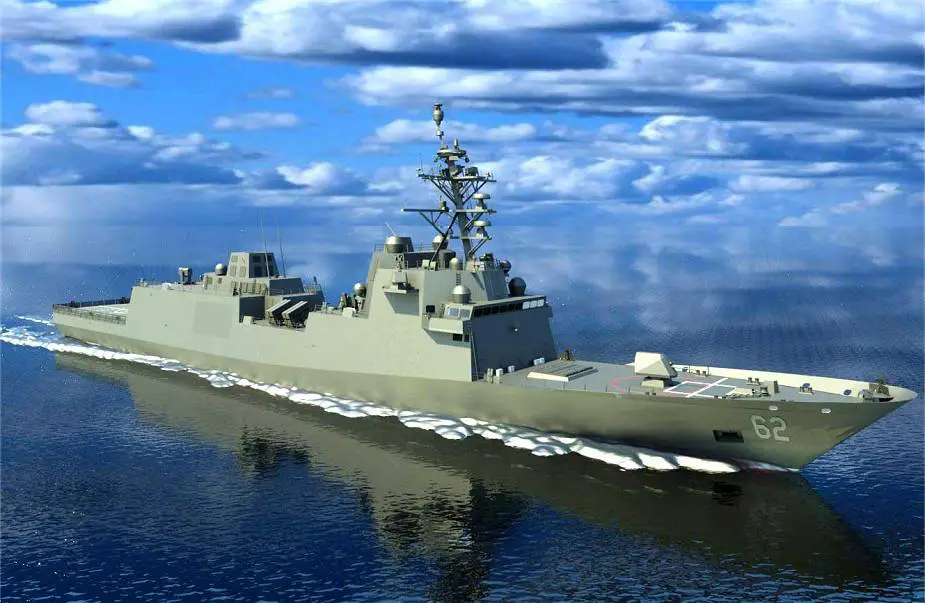
www.navyrecognition.com

